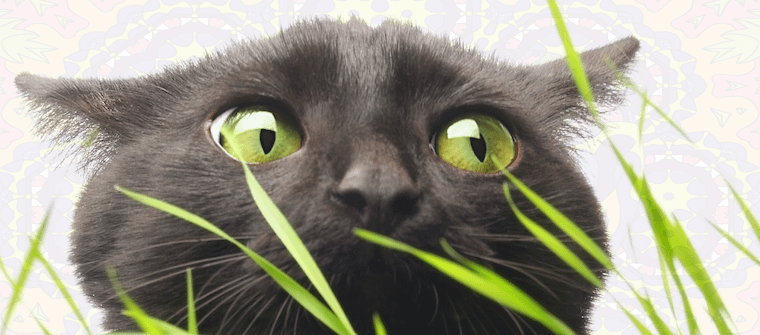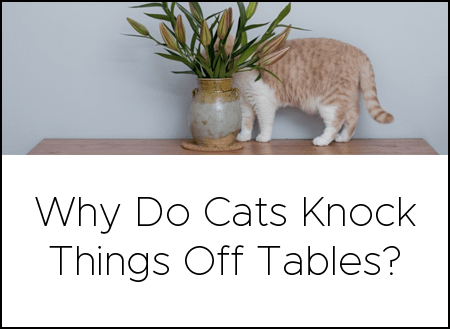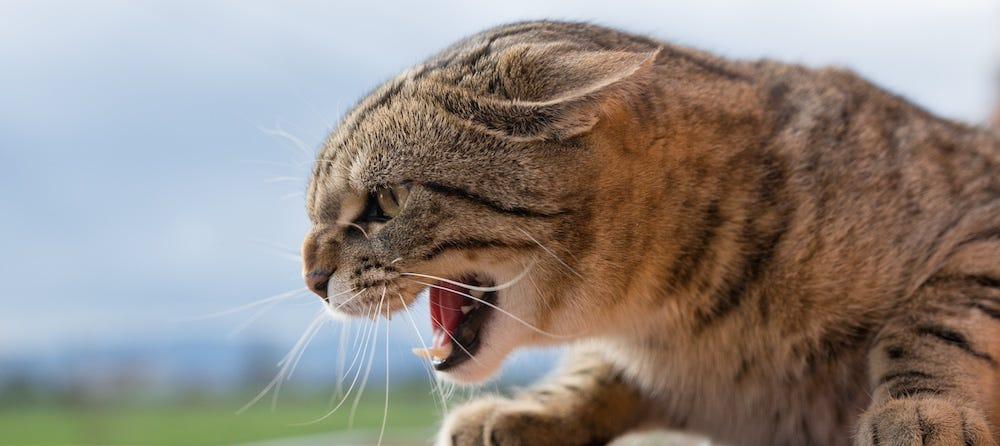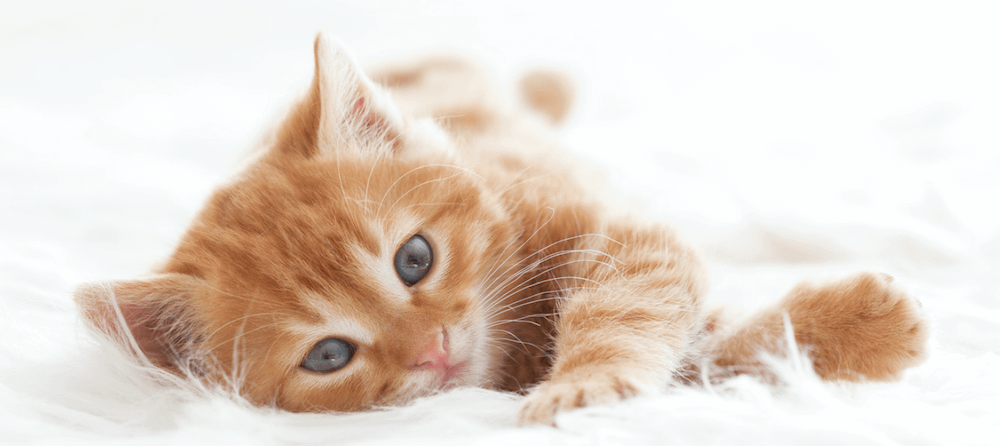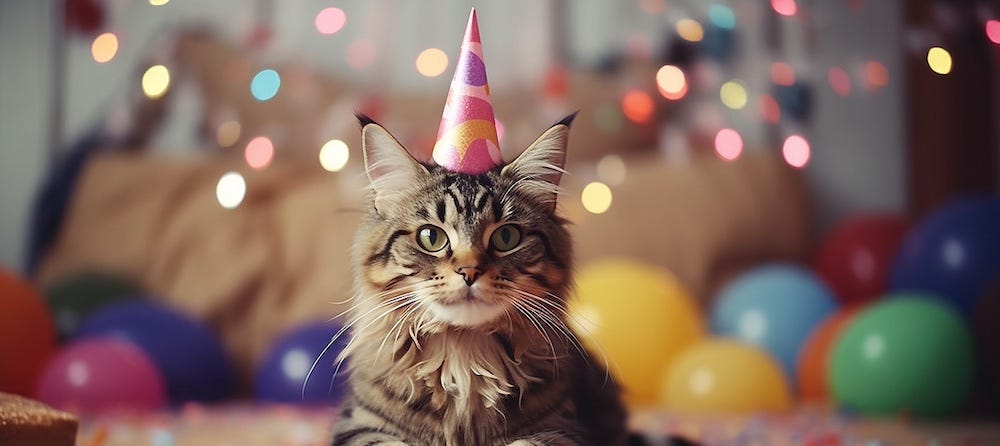Your cat is a carnivore first and foremost, yet there might be times when he craves a little green in his diet. That doesn’t mean you should toss him leftover spinach from your salad or a green bean from the casserole. The safest way to appease his leafy hankering is with cat grass!
Before we go too far, let’s clarify something: Cat grass—grown indoors from a mix of wheat, oat, barley, and rye seeds—is safe; outdoor grass found on your lawn probably isn’t. But, more on that later.
Benefits of Cat Grass
While cat grass is safe, opinions are mixed as to whether the plant offers any real health benefits. Although grass contains chlorophyll and other trace minerals and vitamins, the amount consumed by your kitty is negligible. Here are two widely held theories as to why cats like to snack on plants:
It helps with digestion and upset stomach—Some have suggested that eating grass helps aid in digestion, or that it acts as a way to expel the indigestible parts of prey that was consumed in the wild. In that same vein, inducing vomiting might help to move along those always-pleasant (read: not) hairballs. Again, there isn’t conclusive evidence to back up these assumptions.
It’s behavioral instinct—A more likely scenario for greeny fixation lies in evolution. Whether or not your kitty has ever hunted in the great outdoors, his ancestors certainly did; it’s possible that, in digesting the leafy contents of their prey’s stomach for generations, these wild felines passed on a tendency to want to consume plants to their offspring. Your cat might still carry this innate behavior today!
Types of Cat Grass
Many cat grass seeds packets that you’ll find at pet stores will contain a mix of wheat, oat, barley, and rye seeds. You can also grow any of those plants individually, with a few reasons to do so listed here:
- Wheatgrass—Reliable classic, and can be shared to make your wheatgrass shots for the day
- Oat grass—High in protein and soluble fiber, potentially helping to pass those hairballs
- Barley grass—Grows high and fast, for the home with multiple cats
- Rye grass—Durable and flexible, for the cat who likes to lounge while he nibbles
How To Grow It
Courtesy of our friends at the Humane Society and PetMD, here are some tips to keep in mind while you grow your cat grass:
- Choose a heavy, shallow container that your cats are unlikely to knock over and fill it about three quarters full with loose potting soil, using a spray bottle to dampen the soil as you add it. Place the container on a saucer or tray.
- Sprinkle seeds evenly over the surface. Cover lightly with about a quarter inch of soil.
- Cover the container very loosely with plastic wrap. Keep at room temperature and away from direct sunlight (and out of reach of curious pets). Before sprouting, seeds should be kept damp but never soaked.
- Sprouts should appear in 3-7 days. Remove the covering and move the pot to a sunny spot.
- Water the sprouts when the soil begins to feel dry to the touch. Don’t let excess water sit in the container, as it could grow mold.
- Offer your cats the grass when it’s 3-4 inches tall, typically 10-14 days after sprouting. Allow them to eat directly from the container.
- Continue to keep the grass in natural light and water daily with a spray bottle.
- When the grass wilts after a few weeks, pull out the shoots and plant more seeds. For a steady supply, plant several pots a week or two apart. Monitor your cats for signs of overconsumption, such as vomiting or diarrhea, and limit access to the plants if necessary.
Just Say No... To Outdoor Grass
If you notice your indoor-outdoor kitty grazing in the lawn or garden on a regular basis, you should seriously consider growing cat grass inside the home or in a catio. Cat grass is a much safer alternative to outdoor grass and plants, which could be treated with weed killers, fertilizer, or pest control products. And although there are pet-friendly versions of those products, you might as well give him a (safe) taste of the outdoors no matter where he is!
Recommendations
